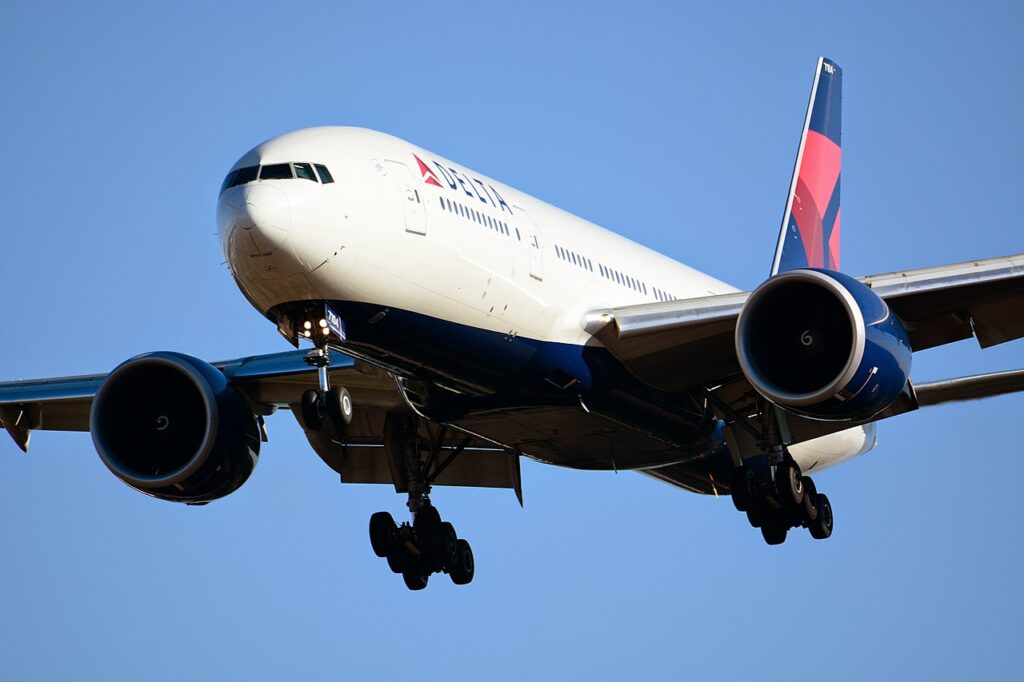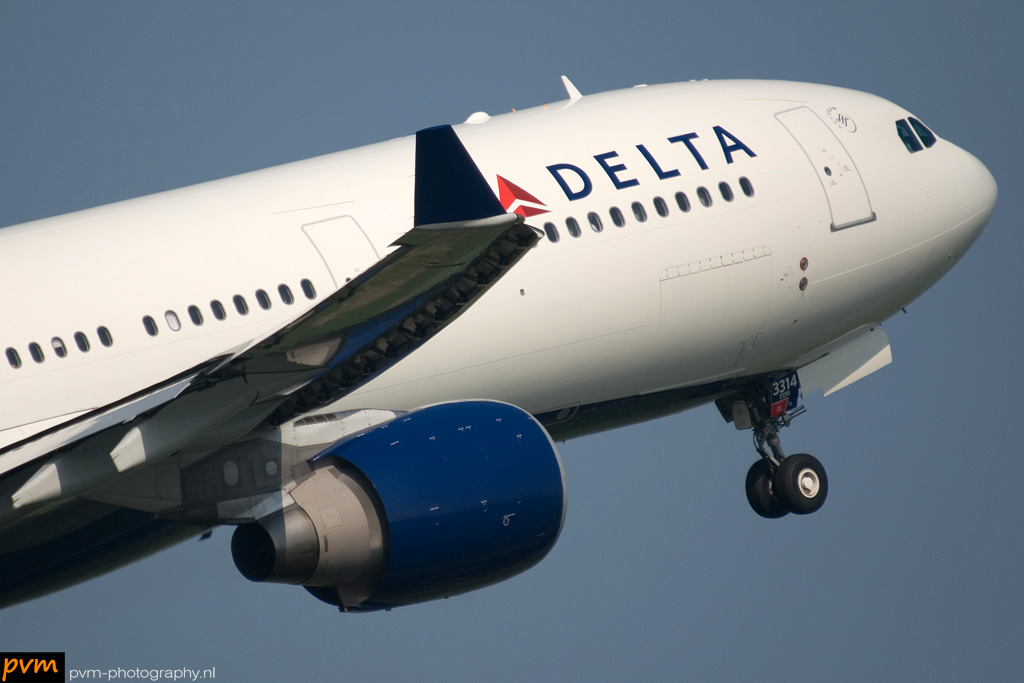Delta Air Lines has reported robust financial results for the September quarter and holds an optimistic outlook for the December quarter of 2023.
Let’s take a closer look at the key highlights for quarter 3, and the factors that have contributed to Delta’s continued success.
Record-Breaking Q3
Delta’s chief executive officer, Ed Bastian, expressed his gratitude to the entire team for their outstanding efforts in delivering record-breaking revenue and a double-digit operating margin for the September quarter.
The company’s operational reliability has continued to strengthen, largely due to its dedicated workforce. Notably, over $1 billion has already been accrued year-to-date towards profit sharing.
The airline has positioned itself squarely in the industry, thanks to the dedication of its exceptional team. It shows a projected revenue growth of 20 percent over 2022 and pre-tax earnings set to double to over $5 billion compared to the previous year.

[monsterinsights_popular_posts_inline]
Revenue Performance and Future Outlook
Delta’s performance in terms of revenue has been exceptional. The September quarter witnessed total revenues that were 13 percent higher than the same period in 2022.
This impressive performance is expected to translate into a record September quarter unit revenue premium, highlighting the strength of Delta’s diverse revenue streams and its continued brand momentum.
December Quarter Projections
The demand for travel on Delta remains strong as it heads into the December quarter. Total revenue growth of 9 to 12 percent is anticipated compared to the same quarter in 2022, with total unit revenue (TRASM) expected to decline marginally by 2.5 percent to 4.5 percent.
While domestic and transatlantic trends are consistent with those of the September quarter, the Pacific and Latin America regions may experience modest deceleration due to various factors, including capacity growth in China.
Strong Domestic Demand
Delta’s domestic demand environment remains steady, with domestic passenger revenue increasing by 6 percent compared to 2022.
This growth occurred despite an 11 percent increase in capacity, and although domestic unit revenue was down by 4 percent year-over-year, there were positive indicators.
Coastal hub load factors expanded, especially in Boston and New York, driven by growing demand. Business travel is also showing signs of improvement as many corporations announce their return to office initiatives.
International Success
Delta’s international strength has extended throughout the fall, with international passenger revenue up by an impressive 35 percent compared to 2022.
This exceptional performance has led to record margins across all regions. Transatlantic revenue alone saw a 34 percent increase, with record passenger unit revenue per available seat mile (PRASM).
Latin America also performed well, with a 20 percent increase in revenue. This success is largely attributed to the LATAM Joint Venture, which has delivered increased connectivity and synergies.

Diversified Revenue Streams
Delta’s growth isn’t limited to passenger revenue. The airline has been successful in diversifying its revenue streams, including premium services, cargo, and MRO (Maintenance, Repair, and Overhaul).
These diversified streams have accounted for a substantial 55 percent of total revenues year-to-date. Premium revenue, in particular, has seen remarkable growth, up by 17 percent year-over-year, surpassing main cabin revenue by 5 points.
Loyalty revenue has also been on the rise, increasing by 17 percent, thanks to strong co-brand acquisitions and spending growth.
Cost Efficiency
Delta Air Lines has been efficient in managing its costs. For the December quarter, the airline anticipates non-fuel unit costs to remain stable or rise by a modest 2 percent year-over-year.
This confidence in cost efficiency stems from the company’s continuous efforts to scale and streamline operations while investing in its workforce and operational reliability.

Click the banner to subscribe to our weekly newsleter.









